Maximize Botox Results: Forehead Lines & Long-Lasting Beauty
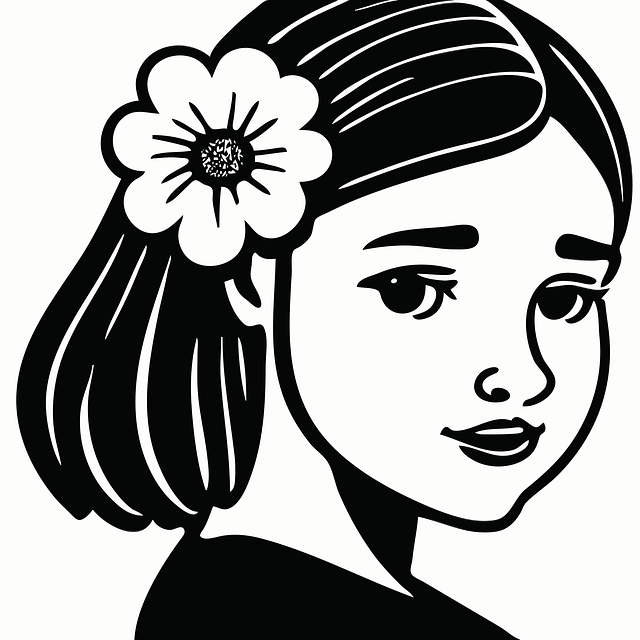
Botox is a popular treatment for reducing forehead lines by blocking nerve signals to muscles, preve…….
In the ever-evolving realm of cosmetic medicine, few treatments have captured the attention and interest of individuals seeking youthful appearances like Botox has. This article delves into the intricate world of Botox for wrinkles, exploring its effectiveness, global impact, and the multifaceted considerations surrounding this popular aesthetic procedure. By understanding the science behind Botox, its economic implications, and the technological advancements shaping its future, readers will gain valuable insights into one of the most transformative treatments in the beauty industry.
Definition: Botox, short for Botulinum Toxin, is a highly specialized protein produced by specific bacteria. When injected into muscles, it blocks nerve signals that cause muscle contractions, resulting in temporary paralysis or relaxation of targeted areas. In the context of wrinkles, Botox is utilized to soften and smoothen fine lines and wrinkles, offering a non-surgical alternative to facial rejuvenation.
Core Components and Mechanism: The primary active ingredient in Botox is the toxin itself, which comes in various forms, with the most common being type A neurotoxin. When injected into specific muscles, Botox prevents the release of acetylcholine, a neurotransmitter responsible for muscle contraction. This action leads to reduced muscle activity, minimizing the appearance of wrinkles and providing a smoother, more youthful complexion.
Historical Context: The discovery and development of Botox can be traced back to the 1800s when scientists first identified botulinum toxin as a cause of muscle paralysis in certain medical conditions. However, its cosmetic potential wasn’t recognized until the late 20th century. In the 1970s, researchers began experimenting with Botox for various medical purposes, leading to its eventual approval by regulatory bodies worldwide for cosmetic use in the 1990s.
Significance and Broader Landscape: Botox for wrinkles represents a significant milestone in cosmetic medicine, offering individuals a safe and effective way to combat the visible signs of aging without invasive surgery. Its non-invasive nature, relatively quick recovery time, and natural results have made it a go-to choice for many seeking facial rejuvenation. Within the broader landscape of aesthetic treatments, Botox stands out for its versatility, targeting specific muscle groups responsible for dynamic wrinkles, as opposed to static ones.
International Influence: Botox has transcended geographical boundaries, becoming a global phenomenon with a significant impact on the cosmetic industry worldwide. Its popularity varies across regions, with North America, Europe, and parts of Asia leading in terms of adoption rates and market size. However, even in emerging markets, the demand for Botox is growing, driven by increasing disposable incomes and a rising awareness of aesthetic treatments.
Key Trends Shaping Trajectories: Several trends are shaping the global Botox landscape:
Increasing Adoption Rates: The number of Botox procedures has been steadily rising globally, with more individuals embracing the treatment as a preventive measure against aging.
Regional Variations: While demand is strong across many regions, specific treatments and injection techniques vary. For instance, the “frown line” (glabella) injections are popular in North America, while the “crows’ feet” area around the eyes receives more focus in some European countries.
Combination Therapies: A growing trend involves combining Botox with other aesthetic procedures like dermal fillers and laser treatments. This multi-modality approach allows for more comprehensive facial rejuvenation, catering to diverse patient needs.
Regional Analysis:
| Region | Market Size (2021) | Growth Rate (2021-2025) | Key Drivers |
|---|---|---|---|
| North America | $7.8 billion | 6.5% | High disposable incomes, advanced medical infrastructure |
| Europe | $4.2 billion | 5.2% | Strong aesthetic culture, growing demand for non-surgical procedures |
| Asia-Pacific | $3.1 billion | 8.9% | Rapid economic growth, increasing youth population |
Market Dynamics: The global Botox market is highly competitive, with several key players dominating the landscape. Companies like Allergan (owner of Botox brand), Medicis Pharmaceutical Corp., and Sun Pharma hold significant market share. The market dynamics are shaped by ongoing research and development, regulatory approvals, and pricing strategies.
Investment Patterns: The aesthetic industry, including Botox, has attracted substantial investment from both pharmaceutical companies and private equity firms. This influx of capital fuels innovation in product development, marketing, and distribution channels. According to a 2022 report by Grand View Research, the global cosmetic botulinum toxin market size was valued at $7.4 billion in 2021 and is expected to grow at a CAGR of 6.5% from 2022 to 2030.
Economic Impact: Botox injections contribute significantly to economic systems through direct consumer spending on aesthetic treatments and indirect impacts related to increased confidence and self-esteem. The treatment’s popularity has also spurred job creation in medical aesthetics clinics, nursing homes, and research institutions.
Improved Formulations: Ongoing research focuses on developing safer and more effective formulations of Botox. Scientists are exploring new delivery systems, combining botulinum toxin with other therapeutic agents, and studying its potential in various medical applications beyond cosmetics.
Advanced Delivery Techniques: The use of micro-needles and precise injection techniques is revolutionizing Botox administration. These methods enhance product penetration, reduce side effects, and provide more natural results.
Personalized Treatments: With advancements in genomics and dermatology, personalized Botox treatments are becoming a reality. By understanding an individual’s genetic makeup and skin structure, practitioners can tailor treatment plans for optimal efficacy and safety.
Safety and Efficacy: While Botox is generally considered safe when administered by qualified professionals, it is not without potential risks. Common side effects include temporary bruising, swelling, headaches, and muscle weakness around the treated area. Rare but serious complications may include allergic reactions, dysphagia (difficulty swallowing), and respiratory distress.
Regulation and Standards: The success of Botox treatments heavily relies on regulatory frameworks that ensure product safety and quality. Organizations like the FDA in the US and similar bodies worldwide set standards for botulinum toxin production, testing, and labeling. Strict adherence to these regulations is crucial for consumer protection.
Patient Selection and Expectations: Effective Botox outcomes depend on careful patient selection and realistic expectations. Practitioners must assess individual needs, skin type, muscle mass, and lifestyle factors to determine the most suitable treatment plan. Patient education is vital to managing expectations and ensuring satisfaction with the procedure.
Botox for wrinkles represents a significant milestone in cosmetic medicine, offering individuals a safe and effective way to combat aging. Its global impact, economic significance, and continuous technological advancements underscore its importance in the beauty industry. As science continues to unveil the potential of botulinum toxin, Botox is poised to remain a prominent player in facial rejuvenation, empowering individuals to embrace their natural beauty at any age.

Botox is a popular treatment for reducing forehead lines by blocking nerve signals to muscles, preve…….
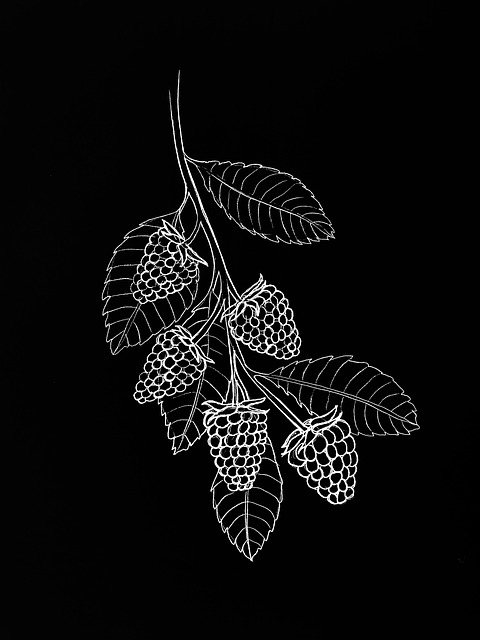
Botox, a popular non-surgical wrinkle treatment, safely injects botulinum toxin into muscles to temp…….

Botox, a natural protein derived from bacteria, has become a leading non-surgical wrinkle treatment……..
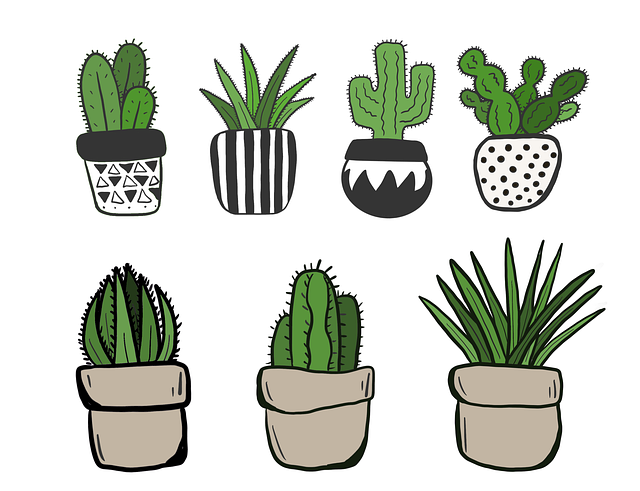
Botox for forehead lines is a safe, effective anti-aging treatment that relaxes muscles by blocking…….
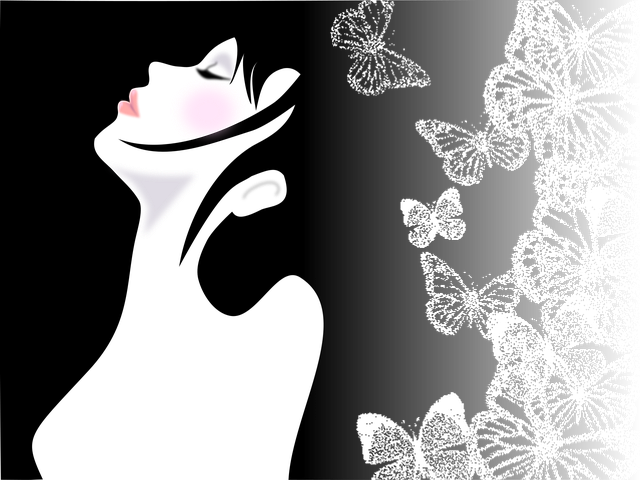
Botox for forehead lines is a popular anti-aging treatment that temporarily paralyzes facial muscles…….
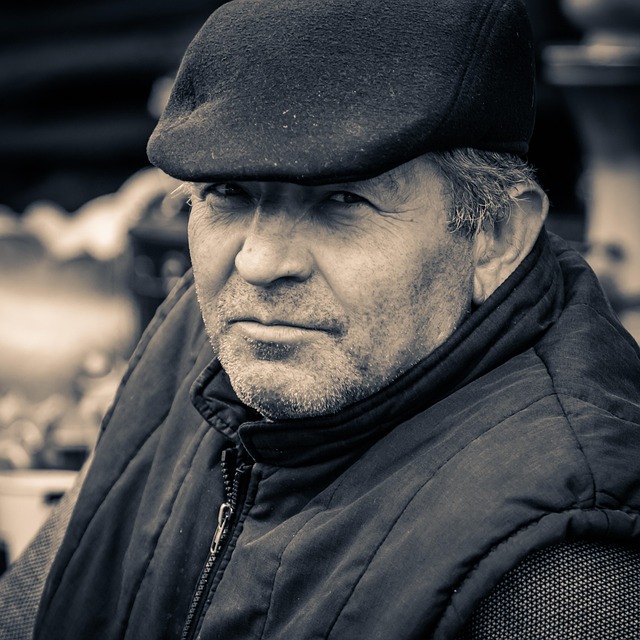
Botox has emerged as a popular and effective wrinkle treatment, particularly for dynamic wrinkles ar…….

Botox for facial wrinkles is a popular, effective treatment that temporarily paralyzes or weakens mu…….
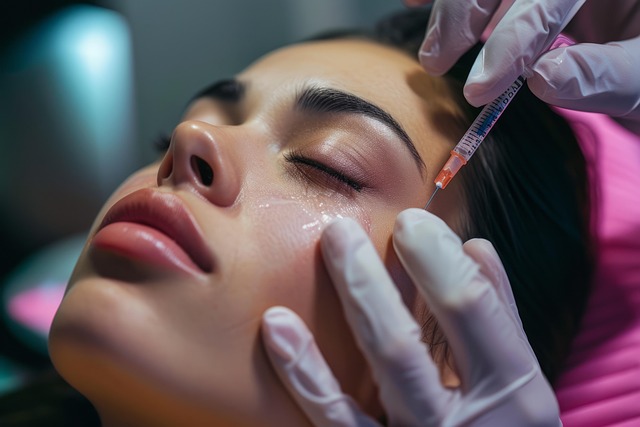
Botox, derived from Clostridium botulinum, is a neurobiological tool used in cosmetics and medicine……..
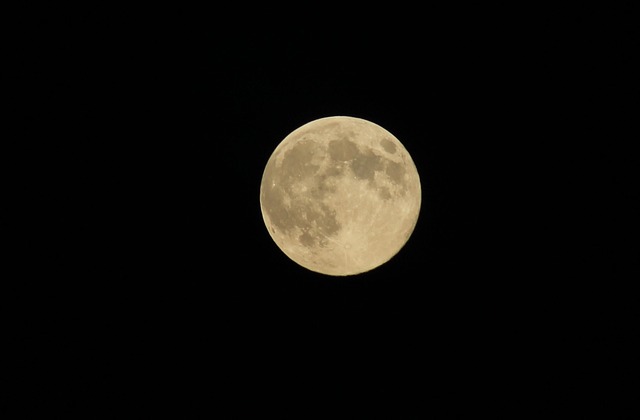
Preventive cosmetic Botox injections target fine lines and wrinkles before they become prominent by…….